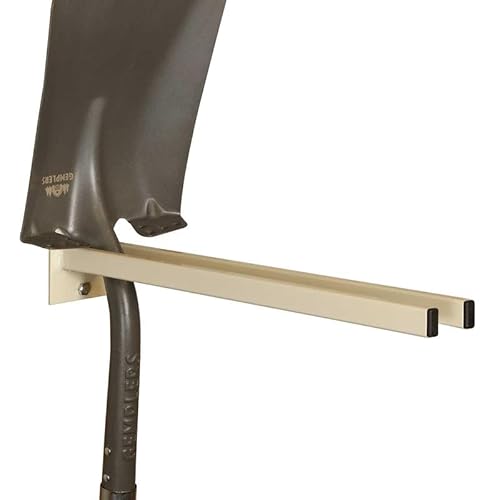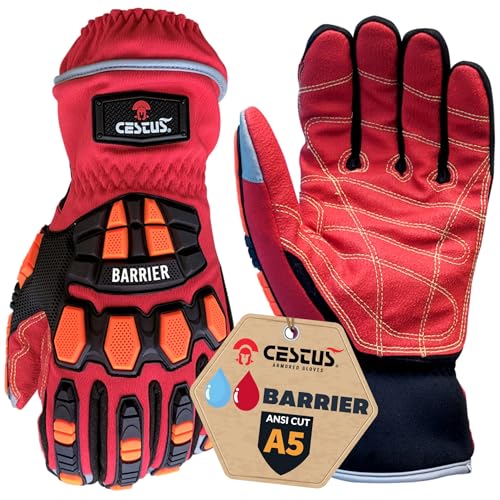
The spade is one of the most fundamental and essential tools in human history. It has been a crucial instrument in agriculture and construction for centuries. But who can be credited with inventing this ingenious tool?
Although the exact origins of the spade are unclear, it can be traced back to ancient civilizations. The earliest evidence of spades dates back to the Neolithic period, around 7000-6000 BCE, where they were made from natural materials such as wood, bone, or stone. The ancient Egyptians were among the first to use spades extensively, as depicted in their artwork and archaeological findings.
The design and functionality of the spade have evolved over time. Initially, spades were simple digging tools with a flat or slightly curved blade attached to a handle. As civilizations advanced and metalworking techniques emerged, spades began to be made from durable materials like iron and bronze. The shape of the blade also saw improvements, with the addition of a sharpened edge and a pointed tip for easier penetration into the ground.
Although the individual responsible for inventing the spade remains unknown, it is clear that various ancient civilizations played a significant role in its development. The spade’s invention revolutionized agriculture, allowing humans to cultivate the land more efficiently and contribute to the growth of civilizations. Today, the spade continues to be an indispensable tool, supporting various industries and endeavors.
History of the spade
The spade has a long and rich history that dates back thousands of years. It is believed to have been one of the first tools used by humans for digging and turning soil. The invention of the spade revolutionized agriculture and played a significant role in the development of civilization.
While the exact origins of the spade are unknown, archaeological evidence suggests that early versions of the tool were used as far back as the Neolithic period. These early spades were likely made from wood or bone and had a simple design with a straight handle and a flat blade.
As human civilization progressed, so did the design and materials used to make spades. In ancient Egypt, bronze spades with elaborate designs were used by the wealthy and powerful. In Ancient Greece and Rome, iron spades became more common and were used by both farmers and soldiers.
The Middle Ages saw the development of the long-handled spade, which allowed the user to exert more force when digging. This innovation was particularly useful for breaking up hard, compacted soil. During this time, spades were also used as weapons in warfare.
In the 19th century, with the advent of the Industrial Revolution, the production of spades was mechanized. Steel became the preferred material, as it offered durability and strength. This allowed for mass production and made spades more readily available to the general population.
Today, the spade remains an essential tool in gardening and agriculture. Its design has evolved over time, with variations such as the shovel and the trowel, but the basic concept remains the same. The spade continues to play a vital role in shaping the land and assisting in the growth of plants.
In conclusion, the spade has a long and fascinating history. From its humble beginnings as a simple digging tool to its modern counterparts, the spade has played a crucial role in the development of human civilization and remains an integral part of our lives today.
The first spade in history
The invention of the spade dates back to ancient times and is integral to the development of agriculture.
While it is impossible to determine the exact person who invented the first spade, historians believe that it originated in early Mesopotamia, now modern-day Iraq, around 3,000 BCE.
The early spades were made of wood and stone, with a handle attached to a flat and curved blade. These primitive spades were essential tools for digging and turning the soil, allowing farmers to cultivate the land and plant crops.
As civilizations advanced, so did the design and materials used in spade construction. Metal spades were introduced during the Bronze Age, around 2,000 BCE, offering increased durability and efficiency.
Over time, the spade spread to various regions and cultures, evolving in shape and size. Different variations of the spade were developed, such as the long-handled spades used in medieval Europe or the square-headed spades commonly seen in modern gardening.
Today, the spade remains a fundamental tool in agriculture and gardening, symbolizing the crucial role of human ingenuity in the development of civilization.
Evolution of the Spade
The spade, a tool that is widely used in gardening and construction, has a long and interesting history. Its evolution can be traced back to ancient times.
Early Origins
The earliest evidence of the spade can be found in ancient Egypt, where it was used for digging irrigation canals and for agriculture. The ancient Egyptians crafted spades using wood or bone, with a flat blade attached to the handle.
During the Roman Empire, the spade evolved to include a metal blade, which made it more durable and effective for digging. The Romans also introduced the concept of using spades for military purposes, such as digging trenches during battles.
Innovation and Modernization
In the Middle Ages, the spade underwent further advancements. The introduction of iron and steel allowed for the production of stronger and more efficient spades. The shape of the blade also evolved, with a sharper edge and a curved design for better soil penetration. These improvements greatly contributed to the development of agriculture and increased productivity.
Fast forward to the 18th and 19th centuries, the Industrial Revolution brought about significant changes in spade manufacturing. The invention of steam-powered machinery enabled mass production of spades, making them more accessible and affordable to the general population. This marked a turning point in the history of the spade, as it became a common tool in households and farms.
In recent times, the spade has continued to evolve with advancements in technology and materials. Modern spades are made from lightweight yet durable materials such as fibreglass or carbon fibre. Ergonomic handles have also been introduced, ensuring comfort and reducing strain on the user.
Today, the spade remains an essential tool in various industries, including gardening, construction, and landscaping. Its evolution over the centuries is a testament to its durability and usefulness, making it a timeless tool that will continue to be used for generations to come.
Modern spades
The modern spade is a versatile gardening tool that is used for various tasks in the garden, such as digging, cutting, and moving soil. It has come a long way since its early development and has undergone several improvements.
One significant improvement in the design of the modern spade is the addition of a flat, rectangular blade, which is much more efficient in cutting through the soil compared to the original pointed blade. This design allows for easier penetration into the ground, making it easier to dig holes and lift soil without excessive effort.
Another important feature of modern spades is the handle, which is ergonomically designed to provide better grip and reduce strain on the user’s hands and wrists. Many spades now come with cushioned handles or handles made from materials like rubber or plastic, which make them more comfortable to use for extended periods of time.
In addition to these improvements, modern spades also come in different sizes and variations to suit different gardening tasks. For example, there are long-handled spades that are ideal for digging deep holes or trenches, while short-handled spades are better suited for tasks that require more precision and control.
Overall, the modern spade is a testament to human ingenuity and innovation. It has evolved from a simple tool with a pointed blade to a versatile and ergonomic gardening tool that makes gardening tasks easier and more efficient.






